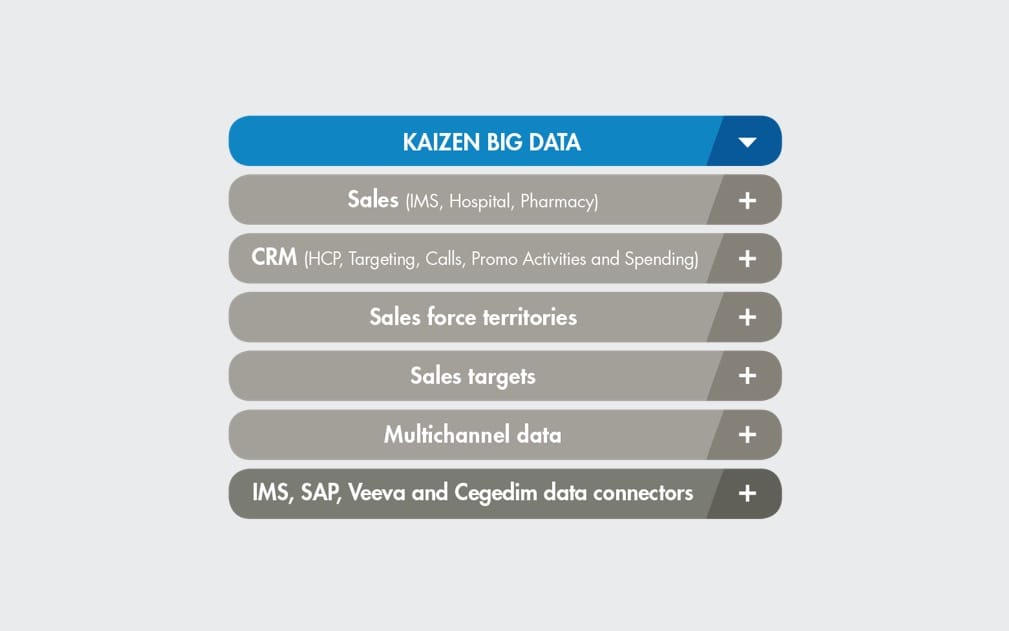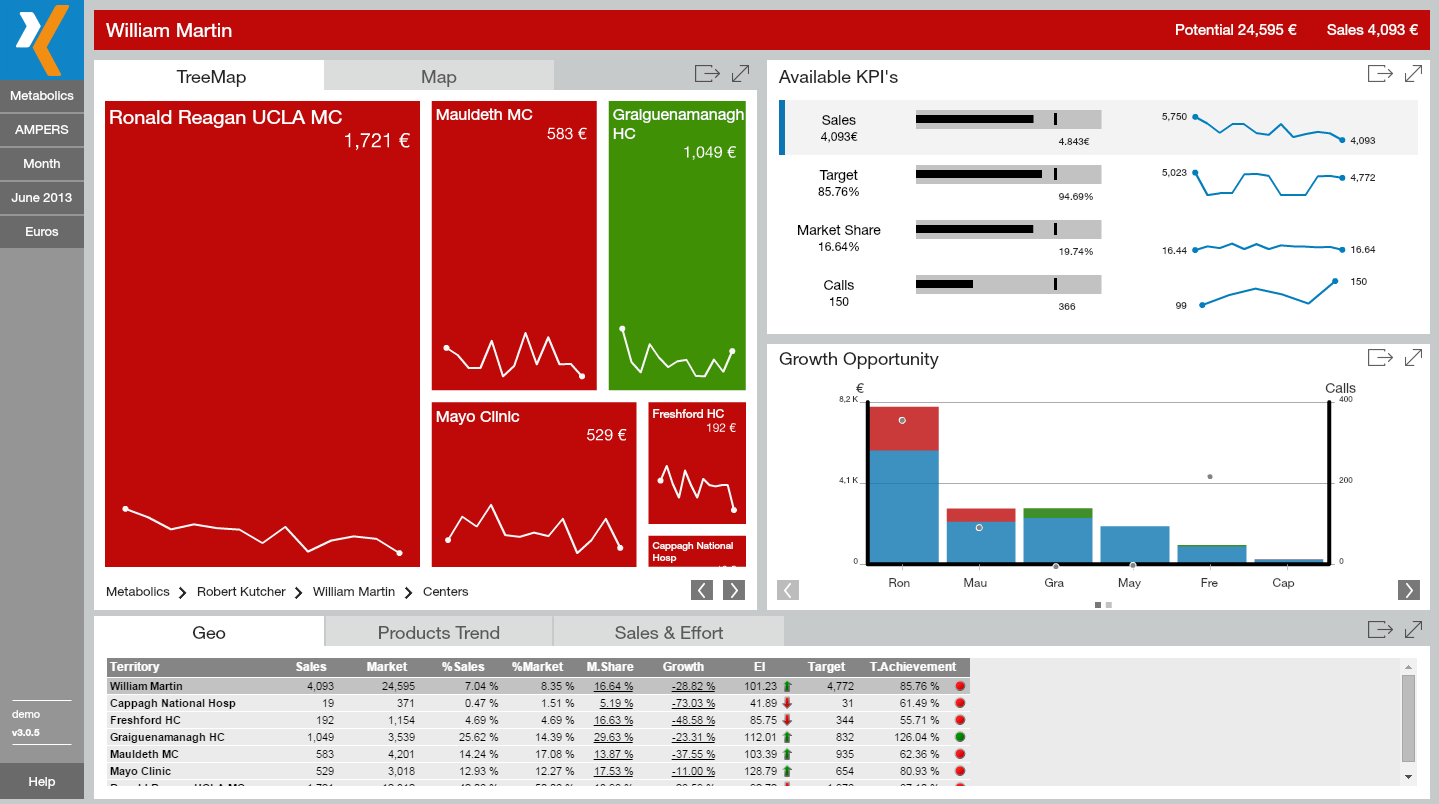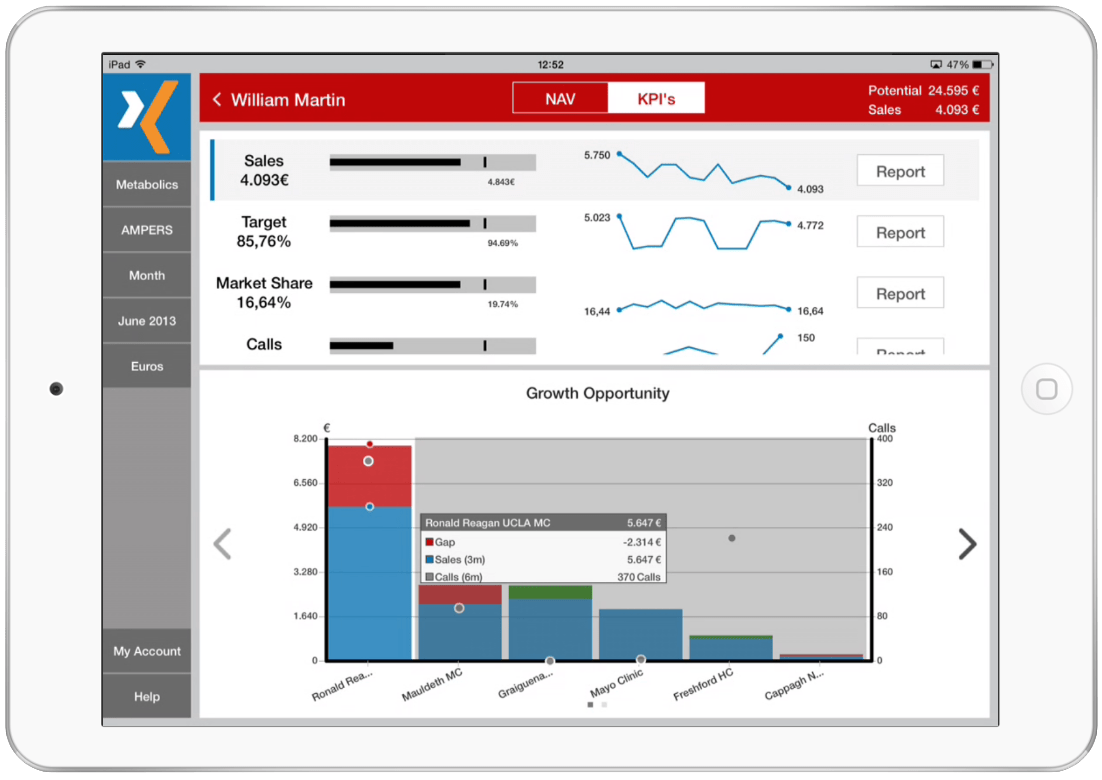Takeda Best Practice - A new methodology to face sales force effectiveness

Changes in legislation are pushing companies to new paradigms and ways of confronting the effectiveness of their sales forces. Involving the whole company and taking advantage of the possibilities that technology can offer, are the challenges that all pharmaceutical companies must face in the immediate future.
The pharmaceutical industry as a changing entity
In recent years we have witnessed how the pharmaceutical industry and its environment have changed – and are changing - principally due to external factors:
- One of these is the legislative changes that oblige companies to adapt to a constantly evolving world.
- The other is the adoption of new technology which has made the industry – previously less dynamic and more static – take big steps and to quickly adapt to new paradigms.
In this new state of affairs the old business models, where it was sufficient to invest enough to obtain the expected return on investment and the volume of promotional pressure was the driver that “ensured” commercial success, is no longer useful.
Today, we live in a world in which price pressure is much greater and the return on an investment in innovation is no longer clear. In addition, relationships with public administration entities are completely different.
In pharmaceutical companies we must adapt to this new situation and focus our Sales Force Effectiveness strategies on the optimisation of processes and resources, dedicating all our efforts and interest to the profitability of our work, although evidently, the market share continues to be an important KPI.
Convergence of these two elements: being competitive and profitable; at the same time as winning a good market share, is complicated with current analysis tools, which is why at Takeda we have focused our work over the past few years on finding the way to combine the power brought by new technology with the current needs of the pharmaceutical industry.
Current and future needs
For this, we needed to find a new way of focusing analysis of the data we already have available. Everybody knows of the difficulty of carrying out a complete analysis which takes into account all of the information silos which are available to us in the industry.
Firstly, due to the idiosyncrasy of the pharmaceutical industry; secondly due to a large amount of information and sources which are available, and thirdly due to its isolation.

Therefore, integrating all of the data sources (IMS, hospital sales, CRM, multichannel marketing data) is key when carrying out full and comparative analyses between work and results.
Until now, this had only been possible using Excel tables and dedicating many hours to the task; this process is not efficient and as well as being manual, is prone to human error.
We needed a reliable and highly automated solution to minimise errors and improve productivity, which also showed the information in a much more user-friendly and understandable format than that of a simple table of information.
This allows us to understand what is happening, both for types of user who are less accustomed to analysis tools than the top management of a company, who are much more used to using analytical methods for taking decisions.
In addition, it is not enough to just have the information presented to us by a snapshot of what has happened; we also need a way of interpreting the data which allows us to analyse the trends and show a projection of future business opportunities, which otherwise would not have been detected.
Above all, taking into account the changing nature of the industry today, we needed to find a flexible solution to implement strategies in the short and medium term, for example, multichannel marketing, or when implementing metrics unique to the company which may be a differentiating factor for detecting changes and trends ahead of the competitors.
On the other hand, without losing sight of the importance of sales force profitability, we needed a way of defining alignment and distribution across sales areas in the fairest and most equal way amongst sales reps. A fair and manageable distribution for each sales rep guarantees efficient work.
For this to be possible, the first thing to do is align the interests of the company with those of the entire sales force. The same tool needs to be provided to all the individuals involved in the sales process and they need to be able to carry out the same analysis at different work levels. This way, everybody is involved and everybody sees the same information; ultimately, more commercial intelligence with absolute transparency within the company.
Although periodic meetings continue to hold key importance when defining strategies for the medium and long-term, in the short term the sales rep needs to be able to take decisions which affect their area of work, and which they consider adequate in order to rethink an area which is not producing the expected results. However, in order to approach this change with guarantees, and so that staff from the next organisational levels can supervise these actions, we need adequate tools.
Nobody knows an area better than the sales rep who works it. Making the most of the sales rep’s insider knowledge, offering them these tools allow sales reps to analyse why their work is not as efficient as it should be, the sales team themselves can comprehend their current situation and which solution they should implement in order to improve the situation.
Providing adequate tools to the sales rep allow them to have better access to a range of possibilities available to them in each area, is beneficial for the sales rep as well as for the whole company.
At the same time, this involves a higher level of demand for them who should not only be good commercially; they also should take advantage of the information available, be more analytical and work accordingly.
For all of these reasons, the solution not only needed to fulfil the analytical requirements of head office, but also those of the managers and sales reps. Investing in mobility in the company is important, therefore the solution also needed to involve mobile devices and be available at any time that analysis is required. This means it must be available offline, for the sales rep to be able to consult their data in places with reduced coverage such as health centres and hospitals.
The sales rep now needs to be able to analyse the data in a much wider way than before; it is not enough to know if they have met their monthly targets, they should also know which areas they can improve in and what margin they have for focusing their resources better and being as productive as possible.
How Kaizen helps to make a difference in analysis processes
As an analysis tool, Kaizen presents a layout structure which facilitates viewing of the status of each area without distractions from complex data. On the same screen, it shows the location of the hospital influence areas, with a colour coding system which allows the user to distinguish easily which zones are meeting the company’s targets and which are not.

In addition, it has an area for KPIs which, on one screen, displays the status of each area and its comparison with the other areas. One of the biggest advantages Kaizen offers is that it allows KPIs which are unique to each company to be added – such as Capture New Business – which shows tendencies and current status in one screen.
If we want to access pure data, this is also possible clicking above the graph in order to access this information; in addition, the data can be analysed from the lower part of the screen which is dedicated to numerical tables.

The Growth Opportunity chart is a key tool in helping the sales rep to detect overexploited areas, potential growth areas and the assigning of resources to each area.
This is one of the platform’s key features when deciding resources allocation – both in terms of time and in economic terms – for each of the areas/clients in order to ensure a return on the investment.
Combined with the KPI Return on Effort feature, unique to Kaizen, these are the best way of confirming whether work is being focused appropriately or not.
Conclusions
Given the environment in which the pharmaceutical industry operates today, all promotional work should ensure an adequate return on investment.
At a time when many companies are divesting funds from primary care services and optimising it in specialist areas, analysis of where and how resources are being used is of vital importance.
It is clear that carrying out this type of analysis, sharing it with the sales force and giving the adequate tools so that this can be done in the easiest way is not viable using Excel.
Much less so when we also hope to achieve mobility of data. We found that a company that we have been working with for years has put in place a new vertically integrated BI solution for the pharmaceutical industry, which fulfilled all of their needs for adaptation to new paradigms, mobility and flexibility: Kaizen for Pharma.
Before the challenges that the future will bring, having BI solutions of this type available brings peace of mind and a guarantee that you will be prepared for anything that may happen. Everything has changed for good now, and we need to adapt to new times.


